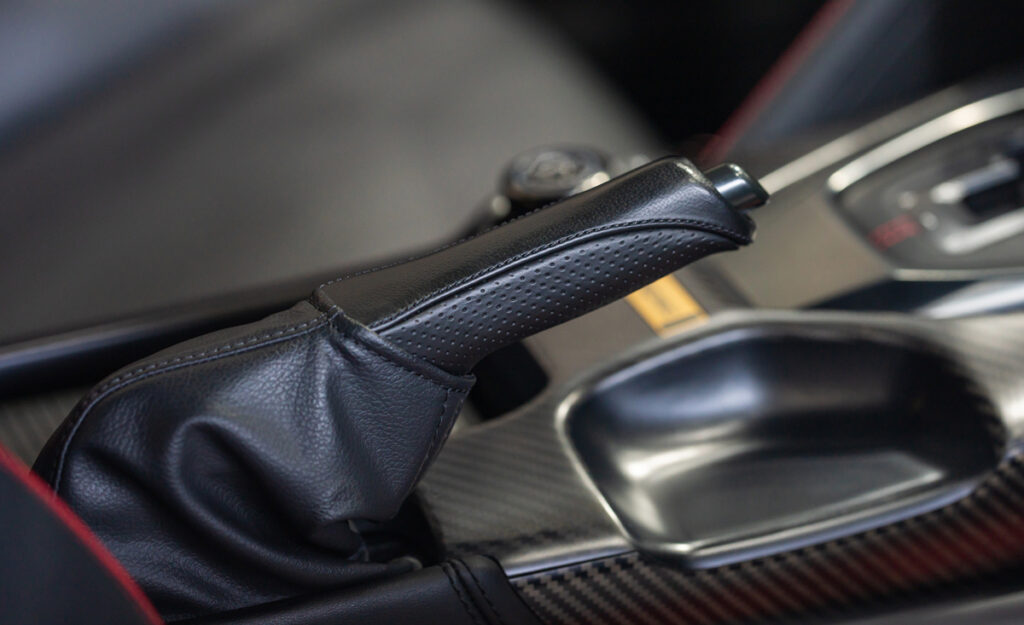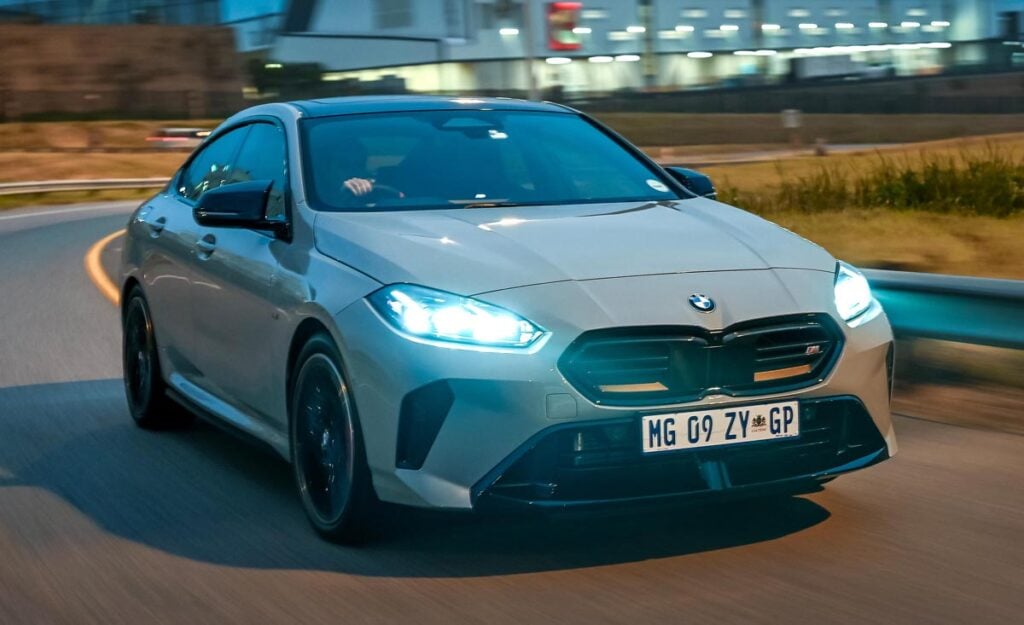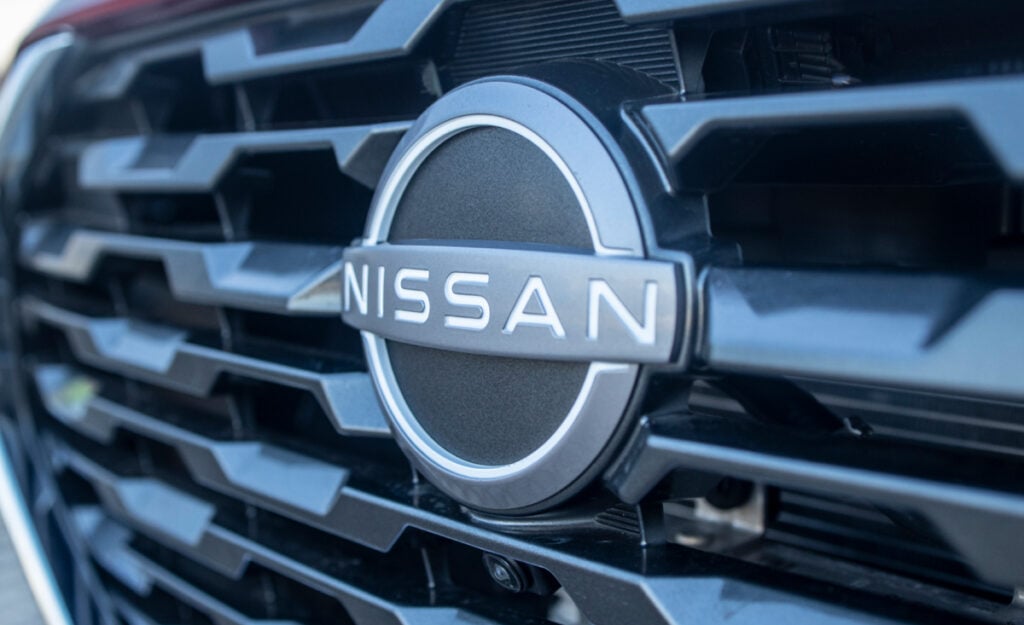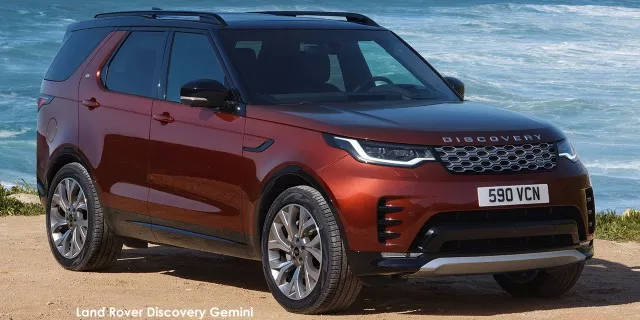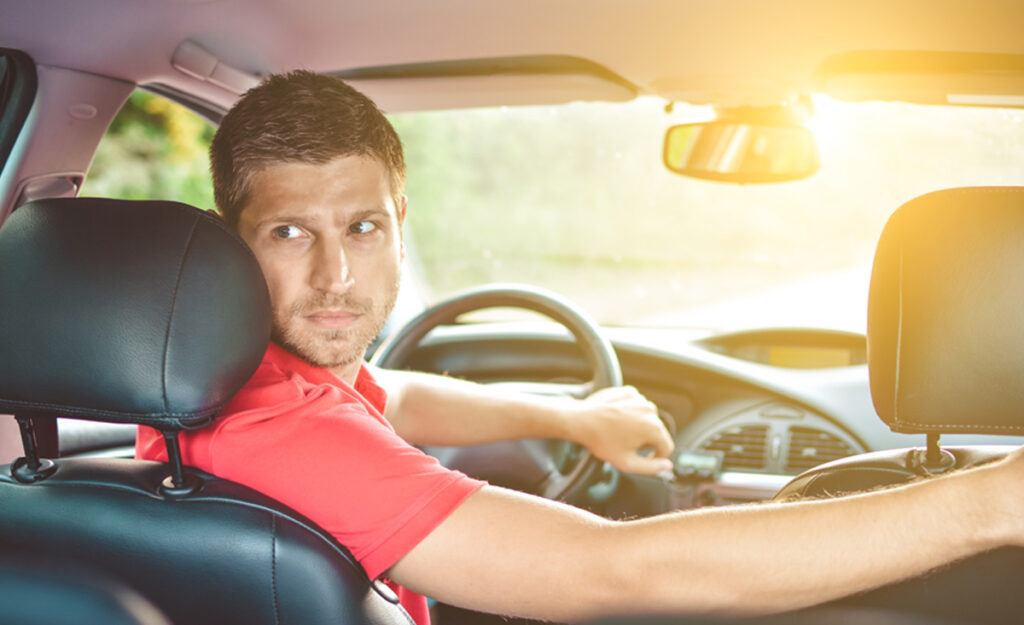
Turning the wheels when stationary, curb hopping, and parking without using the handbrake can do unnecessary and avoidable damage to your car.
Vehicle maintenance extends beyond taking your wheels to a workshop once a year and giving the thumbs up to the mechanic to do what they need to do.
It goes as far as your habits when seated behind the wheel. The fewer damaging behaviours you exhibit, the longer your vehicle will last, and vice versa.
This includes everything from allowing the engine to warm up and avoiding potholes, to following the proper parking procedures.
Stationary steering
When making tricky parking manouevres, many people turn the wheels when the car is completely stationary – a practice that is aptly called “stationary steering.”
This used to be impossible back in the day before power steering.
However, it has become much easier as the technology found its way into every car on the market, causing many newer drivers to stationary steer unconsciously.
The habit can be harmful to both the power steering system as well as the tyres.
Much more assistance is required to turn the wheels when the car is static, which puts pressure on the electric motor or heats up the power steering fluid – depending whether your vehicle has an electric or hydraulic steering system.
With an electric setup, the extra heat can damage the motor and wiring. With hydraulics, the higher temperatures can cause bubbles and leakages.
Additionally, the friction experienced by tyres when turning is much higher if a car is standing still than when it’s in motion.
As such, stationary steering accelerates the wear and tear of the expensive rubbers, too.
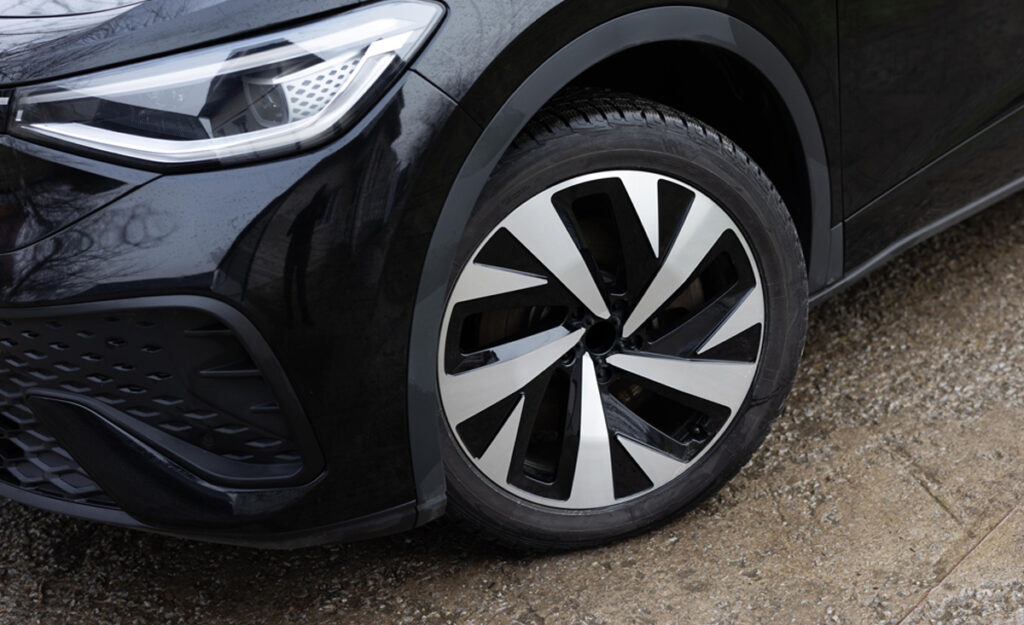
Curb hopping
Driving over curbs or other protrusions in the parking lot at anything more than crawling speed can send strong impacts into the wheels and suspension.
The forces will be amplified in a car with low-profile tyres as there’s little room for the sidewall to flex.
In extreme cases, hitting a curb at a decent speed can cause a tyre blowout and suspension damage.
While on the topic, it’s also advised to avoid parking right up against curbs or backstops in the parking lot.
Parking against this slight incline can force your vehicle forward, putting strain on the parking brake and suspension if you’re away for a long time.
Rather, inch your way backward (or forward) until you feel the wheels hit the curb, then slowly back away a few centimetres until they no longer make connection.
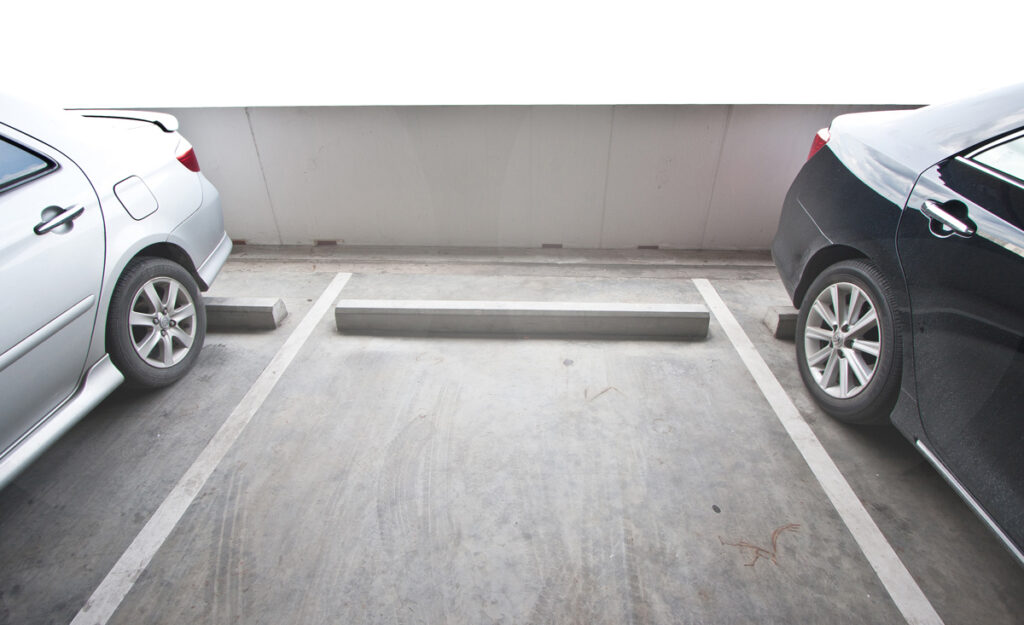
Parking without a handrake
It is rather common for drivers to leave their vehicle in gear when parking and neglecting to put up the parking brake.
Of course, when a gear is engaged the car won’t move, but only relying on the gearbox to keep the vehicle stationary puts a lot of stress on its internals.
That’s why it’s important to also activate the parking brake, also known as a handbrake, which acts as the first line of defense to keep your car in one place.
